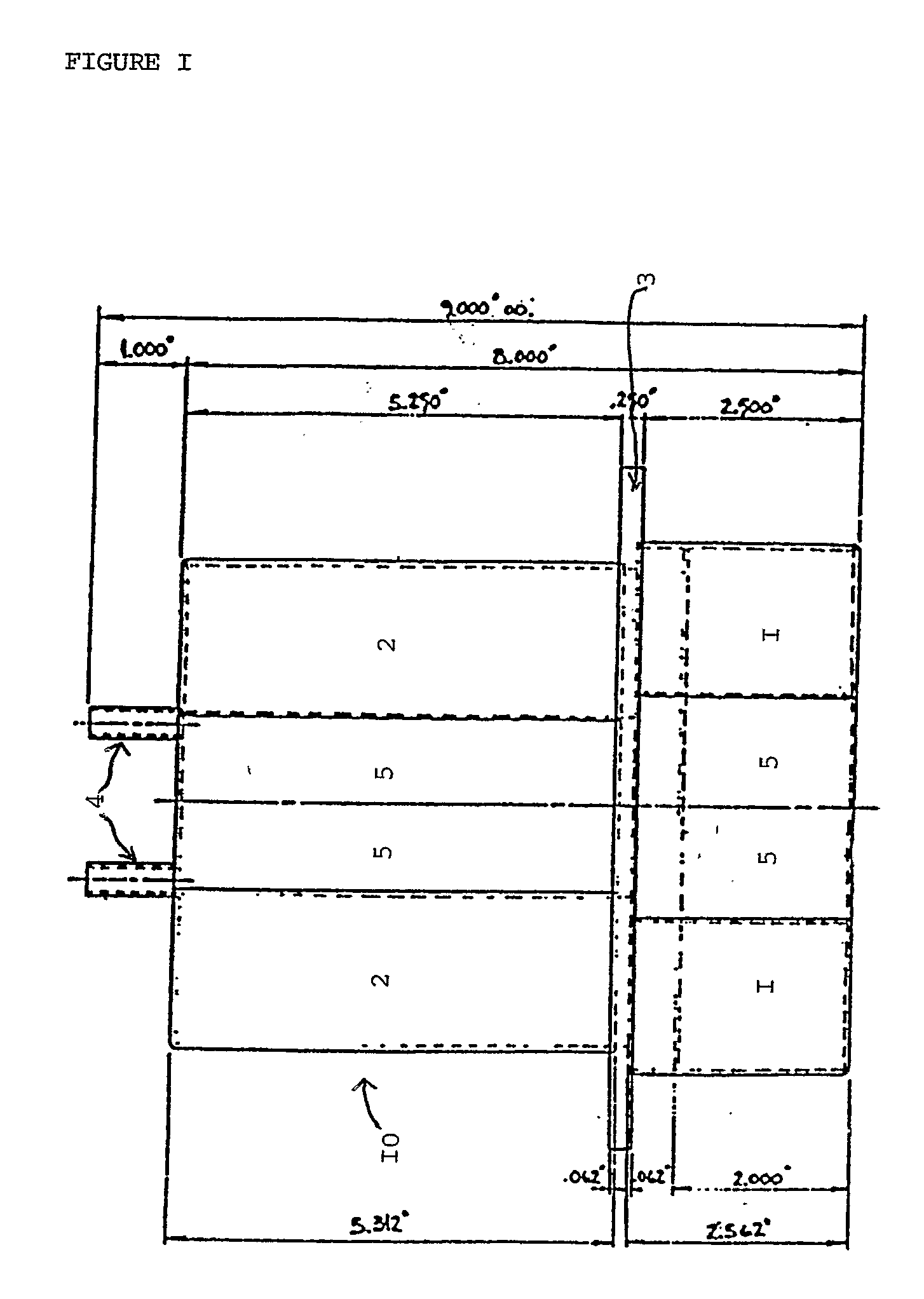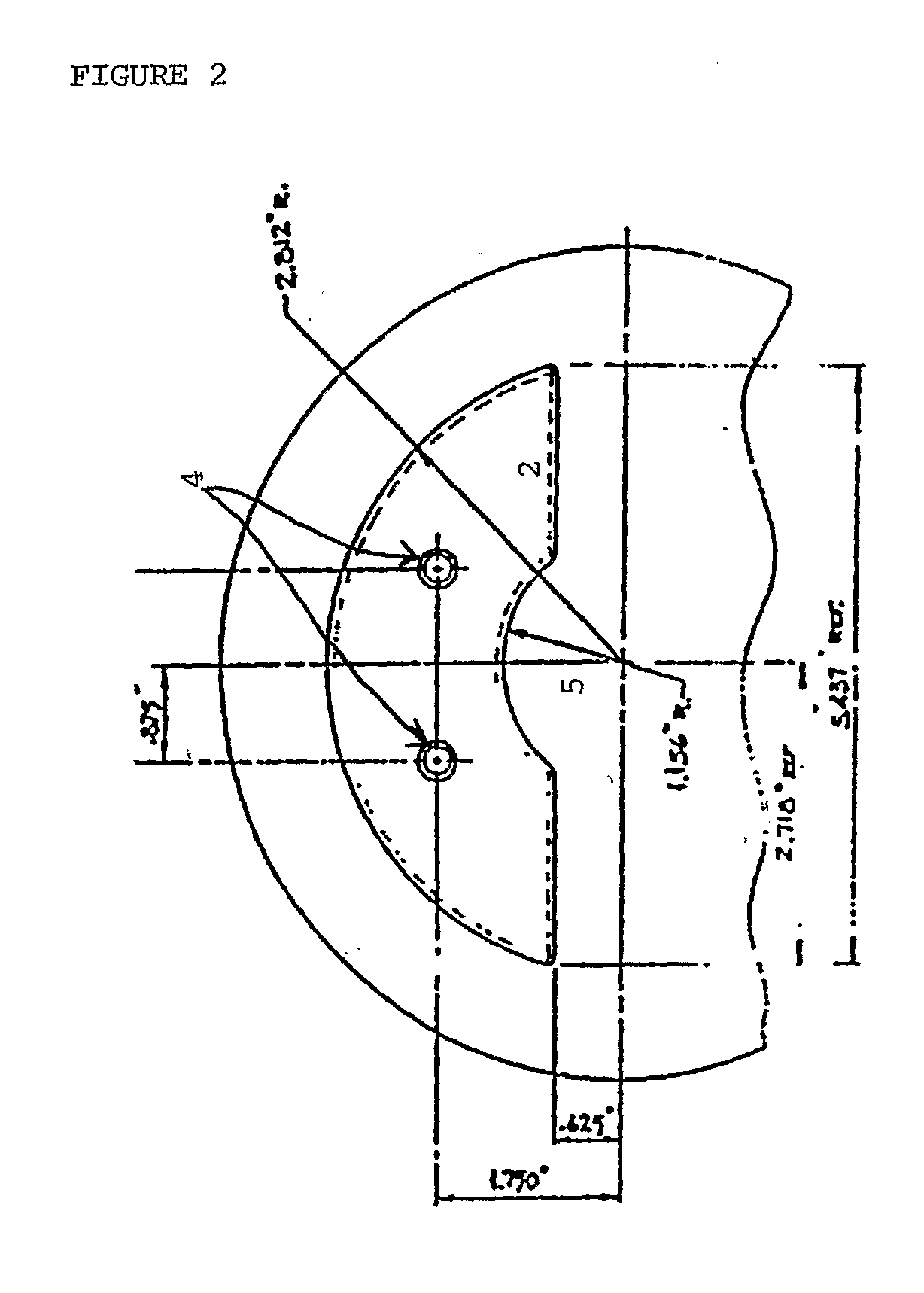Process for the Production of an Influenza Vaccine
- Summary
- Abstract
- Description
- Claims
- Application Information
AI Technical Summary
Benefits of technology
Problems solved by technology
Method used
Image
Examples
example 1
Derivation of Clone MDCK.5F1
[0072]MDCK cells No. CCL 34 were obtained from the American Type Culture Collection, Rockville, Md. The stock was received in frozen state in 1 ml ampoules containing 3.4×106 cells. The cell line was at its 54th passage.
[0073]After passaging, MDCK cells were harvested at passage 64 and diluted in a nutritive medium composed of Dulbecco's Modified Eagle Medium (DMEM) and Medium 199 in a 1:1 ratio (DMEM-199) containing 10% (v / v) fetal bovine serum (FBS). The diluted cell suspension was then aliquoted into 96-well plates, such that each well received less than one cell, assuming a uniform distribution of the cells in solution. The plates were placed in a CO2 incubator at 37° C. and examined at weekly intervals under the light microscope in order to score the wells for growth.
[0074]The characteristics sought in the clone were selected from:[0075](1) higher susceptibility than parental line to viral infection (i.e., clone produces higher titers of virus than t...
example 2
Determination of Clonality of MDCK.5F1
[0084]The parameter which determines the clonality of any particular clone picked is the percentage growth on a multi-well plate from which the clone is selected. The probability of the culture selected actually being clonal (i.e., P(1)) is determined from this percentage. (See Coller and Coller, Methods in Enzymology, vol. 121, pp. 412-417 (Academic Press, 1986).)
[0085]Given that 5% of the wells showed growth in this cloning, the probability that cell line MDCK.5F1 is derived from a single cell is ≧97.5%.
[0086]A 299 ampoule Master Cell Bank (MCB) and a 283 ampoule Manufacturer's Working Cell Bank (WCB) were prepared from the MDCK.5F1 cell line. These banks were prepared in accordance with Canadian guidelines on the principles of Good Manufacturing Practice and were assessed for contamination in the form of fungal, yeast, mycoplasmal, bacterial and viral agents. No contamination of any kind was found.
[0087]Sustainable, viable cultures were obtai...
example 3
Experiments Illustrating Growth of Influenza Virus in MDCK.5F1 Clone with and without Addition of Trypsin
[0088]Experiments were performed to determine the ability of influenza viruses to reproduce in cultures of clone MDCK.5 μl in the presence and absence of trypsin. The results of three experiments using influenza strains A / Johannesburg, A / Texas and B / Harbin appear in Table 2.
TABLE 2Growth of different influenza strains in MDCK.5F1clone culture with and without trypsinA / JohannesburgA / TexasB / HarbinDays*HA*HA*HApost-+−+−+−infectiontrypsintrypsintrypsintrypsintrypsintrypsin33224241212812844848964819212856464969612896*Hemagglutination (HA) = a mean of two readings for 0.5% chick red blood cells expressed as the inverse of the final dilution after red blood cell addition
[0089]These results reveal that there is no substantial difference when influenza was made to replicate in cell cultures with and without trypsin, as shown by the hemagglutination (HA) titer values.
PUM
| Property | Measurement | Unit |
|---|---|---|
| Temperature | aaaaa | aaaaa |
| Temperature | aaaaa | aaaaa |
| Temperature | aaaaa | aaaaa |
Abstract
Description
Claims
Application Information
 Login to View More
Login to View More - R&D
- Intellectual Property
- Life Sciences
- Materials
- Tech Scout
- Unparalleled Data Quality
- Higher Quality Content
- 60% Fewer Hallucinations
Browse by: Latest US Patents, China's latest patents, Technical Efficacy Thesaurus, Application Domain, Technology Topic, Popular Technical Reports.
© 2025 PatSnap. All rights reserved.Legal|Privacy policy|Modern Slavery Act Transparency Statement|Sitemap|About US| Contact US: help@patsnap.com



